The Truck Driver – Just What Is The Job?
The role and responsibly associated with the job of ladder truck driver/operator or engineer or chauffeur or whatever you call it, is one of the most important in the fire service. Without being redundant, if the driver doesn’t get us there, we don’t help anyone. That is also true for the equipment being carried, if it doesn’t work properly and effectively; we as a fire fighting force are useless. So just what makes a good driver/operator?
The Parts to the Whole – The Firefighter
First is being a stand out firefighter. I cannot emphasis this enough. If you are well motivated, well-trained, well experienced as a firefighter, then you have the necessary foundation for being that extraordinary truck or ladder driver. If you don’t have the foundation you may very well end up just being the broken link in the team. So approach the role of driver operator as the most important on the fire ground, that way you may very well be the most important on the fire ground.
The Apparatus Guru
Second, know your apparatus, all its parts, all its equipment. Learn the little nuances the apparatus has, how it accelerates, how it turns, how it stops, how it sounds and most of all, how it’s not supposed to feel and act. Talk to the other drivers OFTEN, about how the piece is running and anything that has occurred. Inspect it at the beginning of every shift. Pick a certain day you check certain thing more closely.
The Tool Man
Third, know every single piece of equipment, its location, how it works, what the limitations are and use it! The point here is if you don’t know how it works and where it is, nobody is going to help you figure it out or find it for you. Check each compartment at least weekly to make sure the stuff is there and it works. Keep your equipment clean and well maintained, if it is dirty and left without maintenance when you need it, it will fail you.
Be the first in for the day and the first to get your stuff on the rig. The example you set thus sets the tone. Drag your rookies (screaming and kicking sometimes) with you to check the rig over. If you find something broken or not working correctly, fix it or send it out, it may very well be the one thing you need on the next call. You take the lead in training the next driver or engineer, if you have to be told to do it, you’re in the wrong business. Make the trainee show some initiative to learn and be good. A good truck driver/operator doesn’t want a load to say you taught him everything he knows, now do we??
Drive Smart and Safe!
The last thing I want to touch on, is how we drive. I will be the first to admit that I always wanted to be the first in, the first off and the first to break something, that is what motivated me. Your responsibility to get a 29 ton piece of apparatus, and the irreplaceable cargo you carry, to the scene is the indescribable epitome of what you are responsible to accomplish. Take it from one who didn’t get there once, you never want that feeling in your life. Drive like your life and the lives of everyone you care about are in your hands, because they are!
Until next time stay low and learn!!
Cover Photo Courtesy: Baltimore Co Fire Dept
B Green & Company Truck 5 & 13


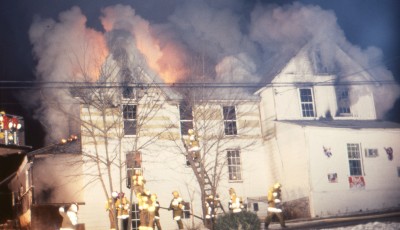
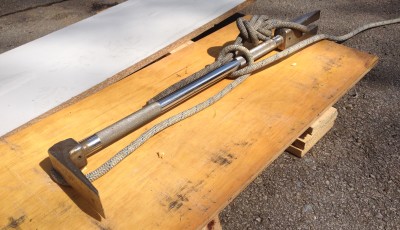
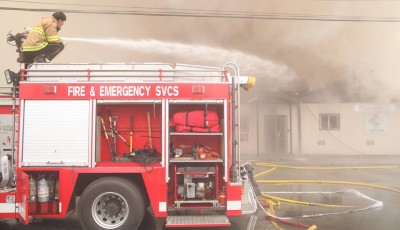
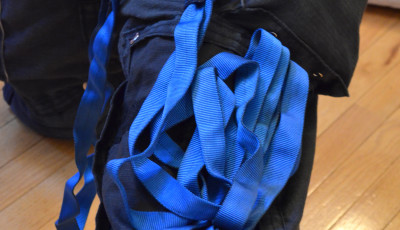
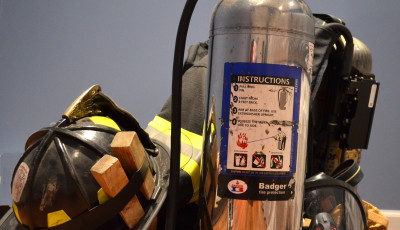
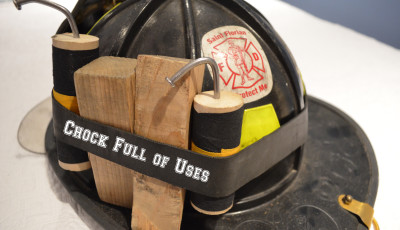




Thanks for the article. I have been a driver/operator for about 16 years. I find that opening each compartment and physically touching each piece of equipment makes sure I’m not missing anything. And I NEVER take anybody’s word that everything is there and good to go. It’s all on me, and I take that very seriously. Thanks again!
The last part in Gary’s reply is the unfortunate truth, but has saved me once or twice. It also separates the people who belong in that seat and the ones who are filling in for the day.
Great article